Molly Keane achieved fame and critical acclaim in 1981 aged 75, when she published the novel Good Behaviour, a razor-sharp social comedy about the Anglo-Irish in the 1930s. Her success was the more sensational because it was unexpected. Twenty years previously her play Dazzling Prospect had flopped disastrously at the box office. A drawing-room farce in the era of the kitchen sink, it seemed so dated that Kenneth Tynan remarked that he could hear horses whinnying in the audience. Convinced that her writing career was finished, Keane had published nothing since. She wrote Good Behaviour in secret, for herself. When her friend the publisher Billy Collins turned it down as too dark, she put it away in a drawer. But then Peggy Ashcroft came to stay and, in bed with flu, she asked to see the typescript and urged Molly to publish.
Molly Keane wrote her first novel, a Mills & Boon romance, when she was 22. Anxious to avoid being seen as clever — a certain way of frightening off the men of her acquaintance — she adopted a pseudonym, M.J. Farrell. She spotted the name while out hunting one day over the door of a pub. This book by her daughter Sally Phipps is a family memoir — the story of the woman behind the name M.J. Farrell.
Molly grew up in the world of the Anglo-Irish big house. Her own family, the Skrines, lived in a gloomy, puritanical house which Molly nicknamed the Bogs. Her mother was a disapproving Ulsterwoman, a depressed poetess who translated Dante and wrote verse under the name of Moira O’Neill. Molly found her especially trying, and escaped as soon as she could. Fleeing the Skrine diet of rabbits and custard pie, she took up with a smart, social family who lived in a mansion nearby. Thin and birdlike with a long nose and bright brown eyes, Molly became a sort of nomad, swarming with her ‘chums’ in an upper-class commune. It was a life of parties, of rich food and richer gossip, of little dogs and vast, unheated houses where guests shared the bathwater, passing each other in their dressing-gowns in long, freezing corridors.
Hunting mattered more than anything else to the horse-mad Anglo-Irish. Terrifying, exhilarating and utterly absorbing, it was at its best sublime. For Molly hunting was ‘a certain fever which is a lust and madness of the body as well as of the mind’ — a love affair which she poured into her M. J. Farrell novels.
The Anglo-Irish gentry were a class facing annihilation. ‘A civil war was going on in Ireland,’ Molly wryly observed, ‘much to the inconvenience of social life.’ Sinn Feiners torched her family home, but the Skrines never thought of leaving. The sense of imminent catastrophe gave Molly’s
writing an edge. As she said at the time of Good Behaviour, ‘I do send my Anglo-Irish background up rather, I know I do, but sometimes I am conscious of the courage and glamour that has sustained its existence.’
In 1939 Molly married Bobbie Keane. He was six years younger than her, a charming, easy-going countryman who did little else but hunt. Flushed by the success of her play Spring Meeting, she accompanied him to Belleville, his 18th-century home in the Blackwater Valley, which was Molly’s dream house. Bobbie died aged 36 of complications following a duodenal ulcer, leaving Molly with two small girls. Never one to show her feelings — that was bad behaviour — Molly picked herself up, socialised wildly and wrote another West End hit, Treasure House.
Sally Phipps doesn’t say as much, but her book makes it plain that Molly was not an ideal mother. She had a gift for intimacy, she was an inspired cook, and her long years spent living in other people’s houses made her a perfect guest. But she could never resist making cruel, killing remarks — small darts of pure venom — which alienated her friends and distressed her daughters. Perhaps it was that streak of malice and lack of niceness which enabled her to reinvent herself at the end of her life and write the black comedy of Good Behaviour, the first book which she published under her own name as Molly Keane.
Sally Phipps has written an intimate, affectionate life. Sometimes the narrative is a bit confusing — it’s peppered with nicknames, and I kept wondering who on earth Binkie or Gladdie were. A glossary would have helped. But this is a fascinating book that really needed to be written, and it fills a big gap. Not enough is known about the Anglo-Irish in the 20th century. Let’s hope it leads to a Molly Keane revival.
Got something to add? Join the discussion and comment below.
Get 10 issues for just $10
Subscribe to The Spectator Australia today for the next 10 magazine issues, plus full online access, for just $10.

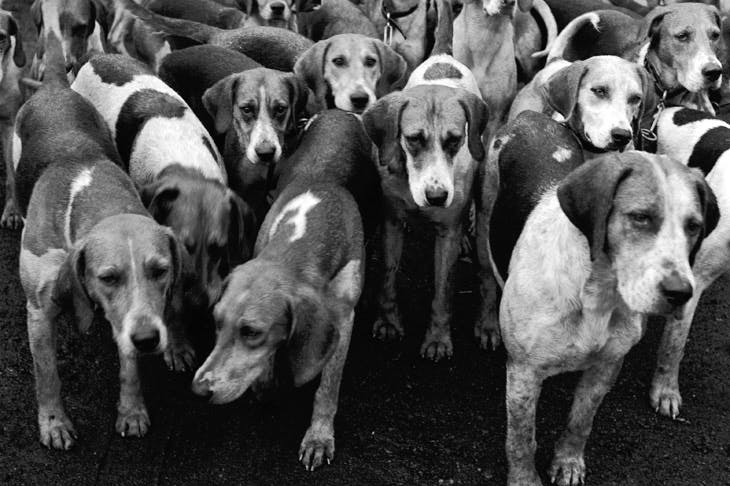
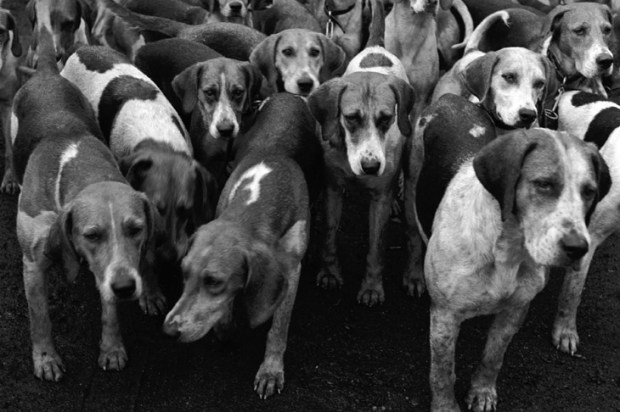
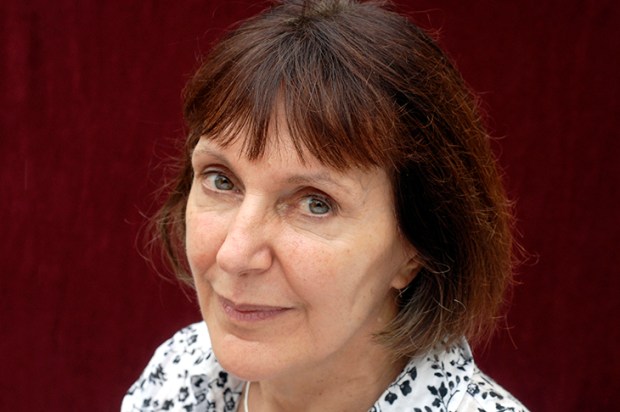
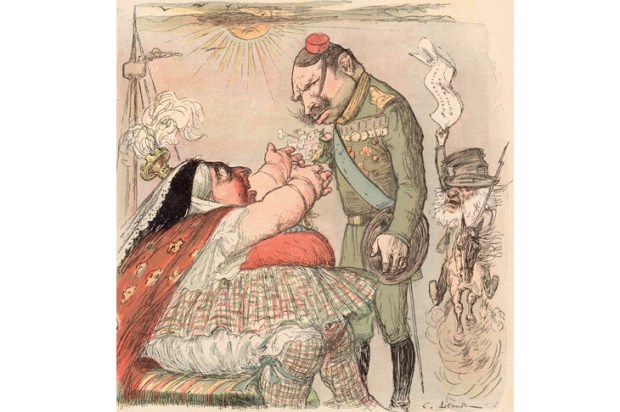
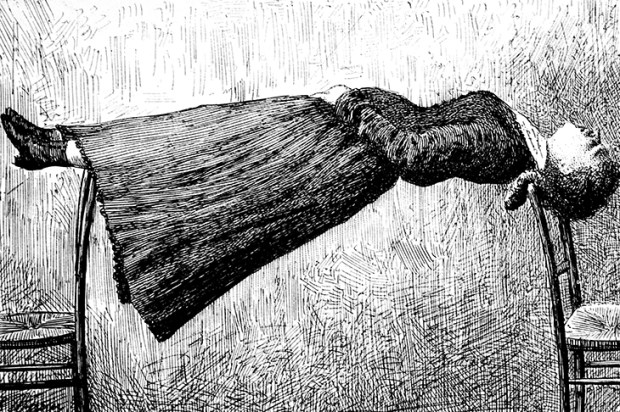
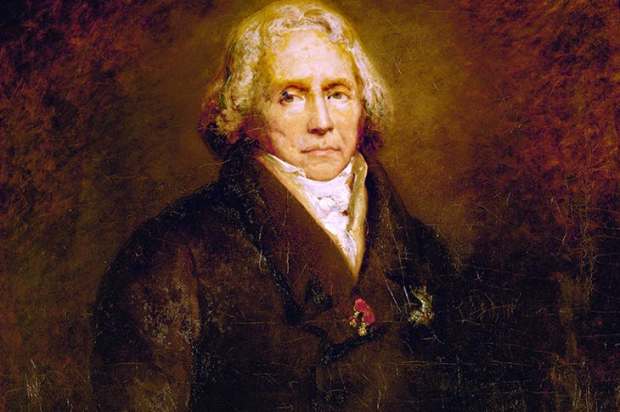
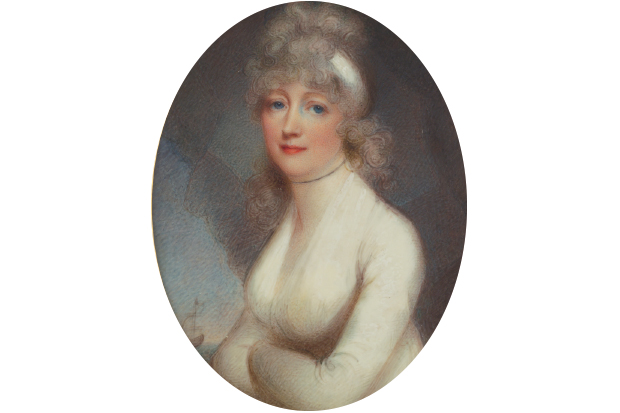






Comments
Don't miss out
Join the conversation with other Spectator Australia readers. Subscribe to leave a comment.
SUBSCRIBEAlready a subscriber? Log in